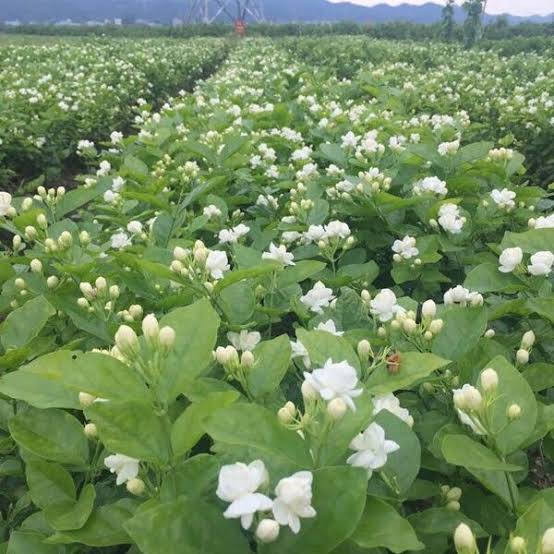Minimum Support price for Flowers in Tamilnadu
The Minimum Support Price (MSP) is a vital government mechanism aimed at ensuring the
financial security of flower farmers. By establishing a guaranteed price for various flowers, MSP helps
protect growers from the inherent volatility of market prices, which is especially pronounced in the
perishable flower industry.
The significance of MSP for flower cultivation goes beyond providing financial assurance. It encourages
farmers to invest in high-quality seeds, innovative cultivation techniques, and sustainable farming
practices. With the promise of a minimum price, flower producers are more likely to focus on enhancing
the quality and diversity of their blooms, leading to increased productivity and market competitiveness.
Additionally, MSP stabilizes market prices, which are often subject to rapid fluctuations due to
seasonal demand and changing consumer preferences. By ensuring that farmers receive a fair price, MSP
helps mitigate the impact of price drops during peak harvest periods, allowing them to maintain a stable
income.
The socio-economic impact of MSP on flower farmers is considerable. Enhanced incomes enable farmers to
improve their living standards, invest in education and healthcare for their families, and support rural
development. This, in turn, contributes to the overall economic growth of local communities.
Furthermore, supporting flower cultivation through MSP can bolster national and international market
presence. Flowers are not only essential for local markets but also have significant export potential,
which contributes to foreign exchange earnings.
In conclusion, the Minimum Support Price for flowers is essential for promoting sustainable practices in
horticulture. It secures farmers’ incomes, encourages high-quality production, stabilizes markets,
fosters rural development, and enhances the economic viability of flower cultivation. This makes MSP a
crucial component of effective agricultural policy, supporting the livelihoods of flower growers and
contributing to the overall agricultural economy.

| Flower | 2018-2019 (/quintal) | 2019-2020 (/quintal) | 2020-2021 (/quintal) | 2021-2022 (/quintal) | 2022-2023 (/quintal) |
|---|---|---|---|---|---|
| Jasmine | 6,000 | 6,500 | 7,000 | 7,500 | 8,000 |
| Marigold | 1,500 | 1,600 | 1,700 | 1,800 | 1,900 |
| Rose | 2,500 | 2,600 | 2,700 | 2,800 | 2,900 |
| Lotus | 4,000 | 4,200 | 4,500 | 4,800 | 5,000 |
| Chrysanthemum | 2,000 | 2,100 | 2,200 | 2,300 | 2,400 |
| Hibiscus | 1,200 | 1,300 | 1,400 | 1,500 | 1,600 |
| Tuberose | 3,000 | 3,200 | 3,400 | 3,600 | 3,800 |
| Gerbera | 2,500 | 2,600 | 2,700 | 2,800 | 2,900 |
| Carnation | 3,500 | 3,700 | 3,900 | 4,100 | 4,300 |
| Sunflower | 2,000 | 2,100 | 2,200 | 2,300 | 2,400 |